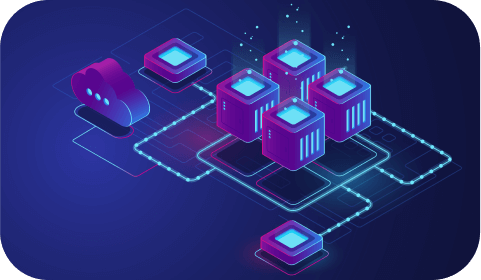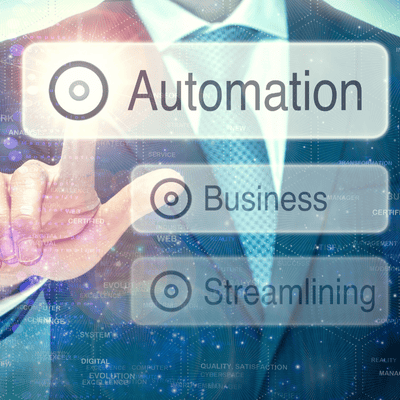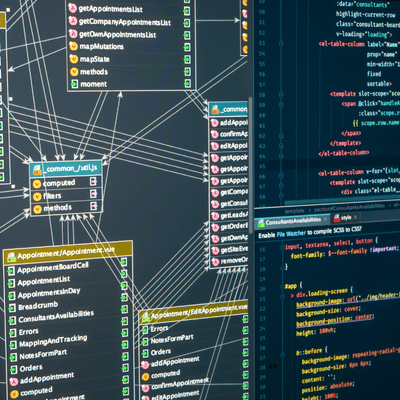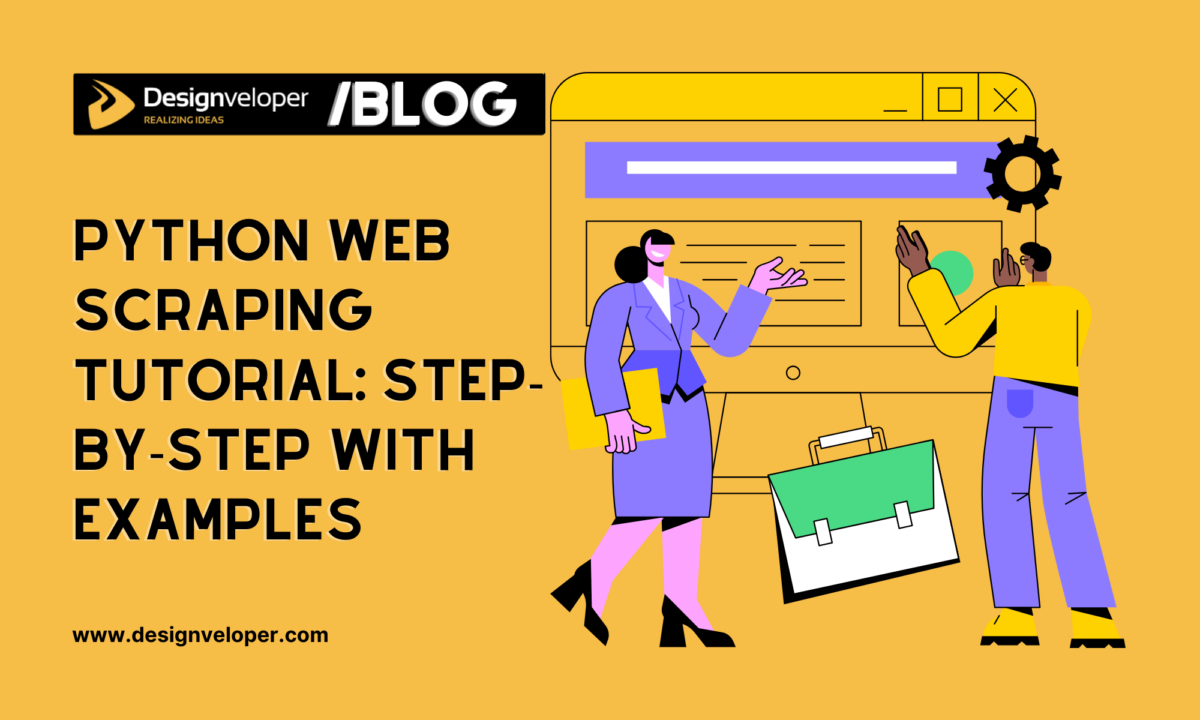What is AIOps (AI for IT Operations)? How Does It Work?
November 24, 2025
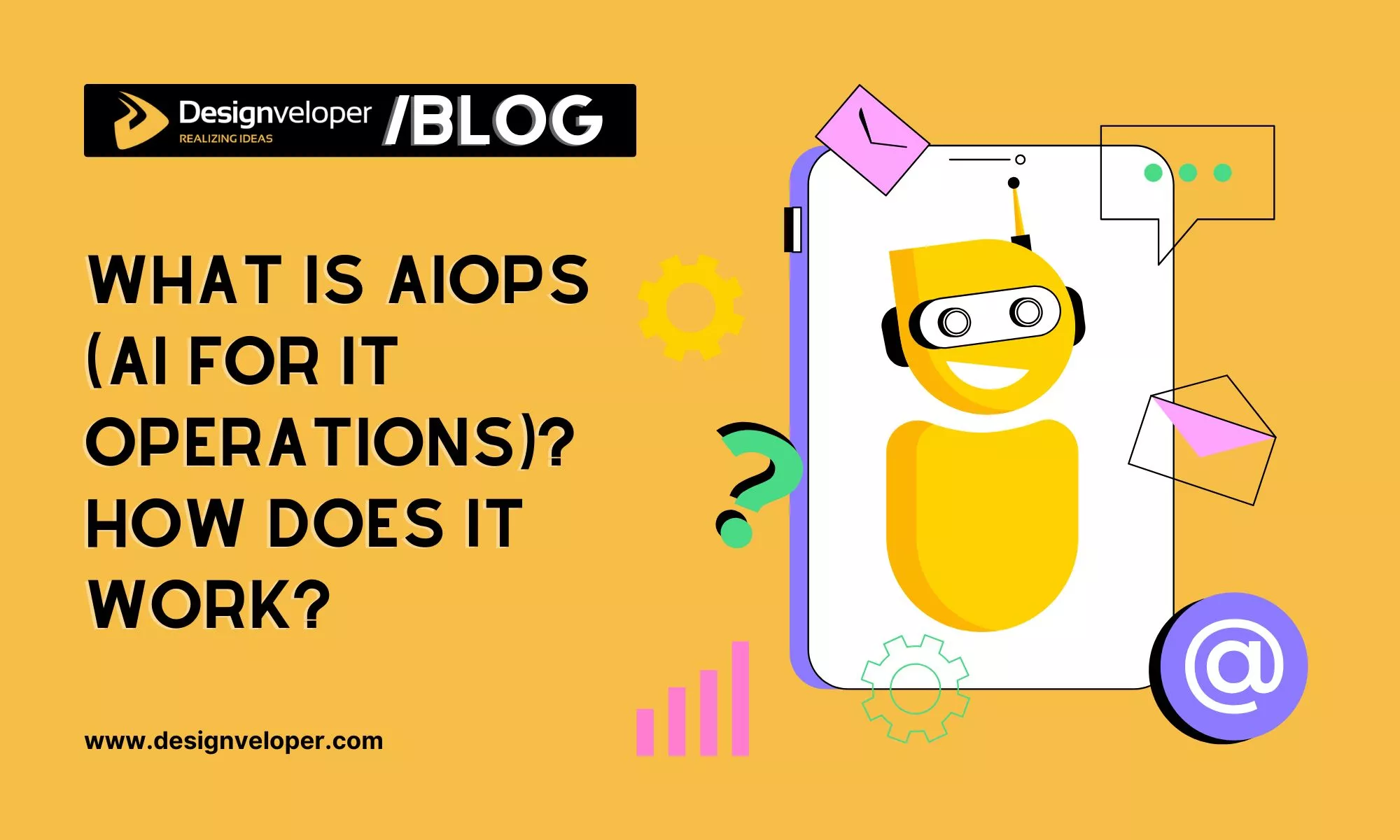

Modern organisations develop digital products at an overwhelming rate. There are now cloud-spanning systems, microservices, and third-party API systems. These heterogeneous environments produce an explosion of logs, metrics and traces. Human operators are often unable to process all these events quickly enough resulting in missed anomalies and long incident resolution times. Many teams adopted DevOps to speed up development and enhance developer and operation teamwork. A newer discipline called AIOps takes machine-learning and applies it to operational data and offers promises of reducing toil and bringing proactive insights. This article provides an answer to what is aiops, and the distinction between DevOps and AIOps. It uses recent market statistics, report links and practical examples to explain how these practices work together, and what the benefits and challenges of these practices are.

Definition and Meaning of AIOps
AIOps is an acronym for artificial intelligence operations that involves the use of artificial intelligence (AI) and machine learning for IT operations and data monitoring. Conventional monitoring instruments only identify threshold violations or provide an alert when a measure falls out of control. The AIOps platforms receive logs, metrics, traces and topology data, perform advanced analytics and anomaly detection and subsequently prescribe or even automate remediation. A blog post by BMC states that AIOps tools will automate common IT operations activities such as patching and incident investigation, which will assist teams to keep the systems in their hygienic and stable condition. They also allow proactive solution of problems by examining patterns across infrastructure, network and applications.
As an example, consider a massive e-commerce environment based on Kubernetes. Each second creates thousands of log lines of pods, databases and proxies. An AIOps tool takes these logs and metrics and ingests them in real-time, learns base patterns, and identifies out of the ordinary spikes such as an increase in error rates. It could associate this aberration with a recent deployment, detect a malfunctioning microservice and roll back or scale resources automatically. This way AIOps augments the existing observability tools to transform raw data into actionable insights.
The term “AIOps” was coined by the firm Gartner. At its most basic, it is the combination of big data and machine learning that is used to monitor and manage IT operations. Information is gathered across a variety of areas: logs, traces, event streams, network flows and is aggregated into a single data lake. Patterns and correlations are found among these varied sources through algorithms.
FURTHER READING: |
1. 10 Best B2B Marketing Automation Platforms in 2025 |
2. Web Scraping with LangChain: Tutorial for Beginners |
3. Top 10 Best SERP APIs for Accurate Google Results |
Different Types of AIOps
AIOps platforms vary in scope and implementation. Understanding the two major categories helps teams choose the right solution.
Domain‑centric AIOps
Domain-centric AIOps tools have a specialisation in a particular field of the IT stack. For example, network centric solutions are centered around monitoring routers, switches and network performance data. They use machine learning models customized to network telemetry to alert to drops in an application, spikes or a misconfiguration in latency. Likewise, application-centric AIOps systems observe application metrics and logs, based on application-performance management-tuned models. Domain centric tools offer profound analysis of the respective domains but might not be able to correlate the events of the domains.
Domain‑agnostic AIOps
Domain-agnostic AIOps systems have a wider perspective. They consume data from any layer – applications, infrastructure, network and security – and construct cross desa correlation models. Such platforms are especially useful in cloud-native systems where failures tend to propagate between microservices, containers and networks. Through event correlation across domains, domain-agnostic AIOps is able to identify the root cause more quickly than an assortment of siloed tools. For instance, if a slow database query takes too long for an application to complete, and because of this lag, a network congestion alarm would be triggered, the AIOps tool without domain-specific knowledge would be able to trace and pinpoint the underlying issue with the database.
Core Pillars of AIOps
A successful AIOps implementation rests on three foundational pillars: data collection, machine learning and analytics, and automation.
Data Collection
The first pillar is data collection. AIOps requires large volumes of diverse data. This includes logs, metrics, traces, topology maps, configuration information and context such as deployment histories. In a DevOps environment, teams already generate a large amount of observability data via tools like Prometheus, Grafana or Splunk. AIOps adds the ability to ingest this data into a central platform. Effective AIOps solutions also normalise and enrich data with context like tags, service dependencies and environment information. With the rise of cloud and containerisation, data volumes continue to grow. For instance, according to a Fortune Business Insights report, the AIOps market is expected to grow from USD 2.23 billion in 2025 to USD 8.64 billion by 2032, a compound annual growth rate of 21.4%. This growth is driven partly by the explosion of data that needs to be monitored and analysed.
Machine Learning and Analytics
The second pillar is that of machine learning and advanced analytics. The algorithms such as anomaly detection, event correlation and predictive forecasting are used in AIOps. Machine learning models do not rely on a static threshold monitoring and are learnt to adapt to changes with time, unlike the case with static threshold monitoring. For example, unsupervised learning can be used to cluster similar log patterns to find new signatures of errors. Supervised models are able to make predictions on probable incidents based on historical patterns. Event correlation eliminates noise by clustering related alerts. This is one way to solve the problem of alert fatigue; the DevOps.com article notes that DevOps teams often suffer from an overwhelming amount of observability data and alerts. Using machine learning, AIOps tools assist in prioritizing meaningful events and false alarms.
Automation
The third pillar is automation. Insights gained from analytics are only useful if they have an impact by driving action. AIOps systems are compatible with orchestration engines including Ansible, Chef, or Kubernetes to do remediation automation. Automations are as simple as restarting a service and as complex as redeploying microservices, deploying more resources or rolling back code. Automation bridges the gap between the combined efforts of detection and resolution. Consequently, teams will be able to decrease mean time to resolve (MTTR) and uptime. The CTO2B report says that AIOps has the potential to save 78% on incident management time and 90% on alert triage workload. Such improvements free up the engineers to work on delivering new features instead of solving the same incidents repeatedly.
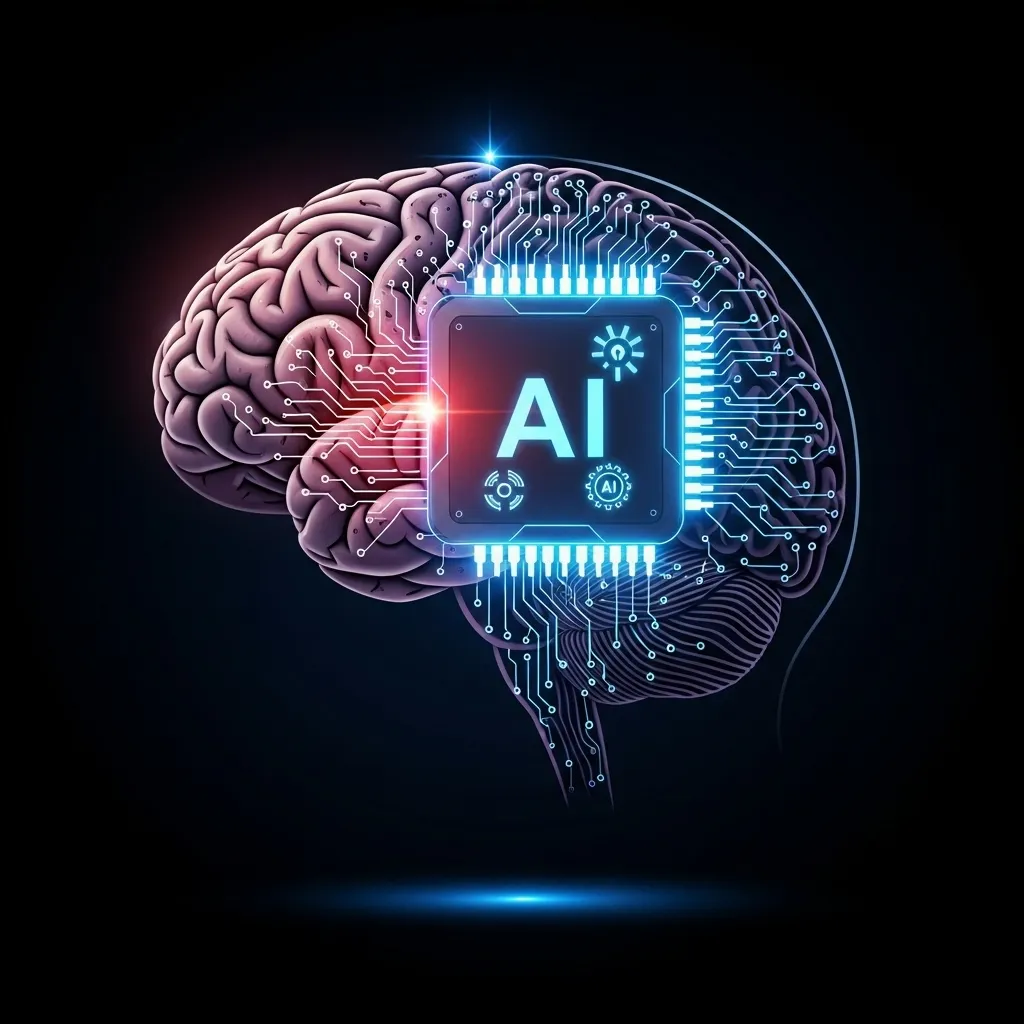
How Does AIOps Work? The AIOps Loop
To understand AIOps in practice, consider the AIOps loop. It mirrors the scientific method: observe, engage, act and learn. Each stage relies on the pillars described above.
Observe
The loop begins with Observe. The AIOps platforms constantly consume IT stack metrics, logs, traces and events. Data has to be comprehensive and timely. A cloud platform can gather CPU and memory measurements of virtual machines, lines of containers and network flows of routers. This data is normally fed into the AIOps engine by observability tools. Algorithms are unable to identify anomalies or create sound baselines without careful observation.
Engage
Next is Engage where the platform applies machine learning to analyse data, find relationships and reduce alerts. Engagement can be performed by anomaly detection algorithms to identify outliers, clustering algorithms to cluster similar incidents, and natural language processing to extract meaning out of log text. Causal relationships are evaluated by event correlation engines. To illustrate, in case a spike in storage latency coincides with a spike in the database CPU, the engine will merge them into a single event. Through the smart use of data, AIOps helps to eliminate noise and reveal the signals, which matter.
Act
In the Act phase, the platform takes remedial actions or gives predictive recommendations. Actions can range from automatically scaling cloud resources to cope with growth in demand, to restarting failed services, or even from applying patches. Some AIOps tools integrate into incident management systems such as PagerDuty in order to notify relevant teams. Other people automate runbooks; an example is when a microservice fails, the system can roll back a deployment. The DevOps.com article refers to AIOps as an intelligence layer for correlating the events and recommending or executing remediation. Automation provides for quick reaction and prevents minor problems from becoming outages.
Learn
Lastly, during the Learn stage, machine-learning models take as inputs the results of actions. If an automated remediation was able to fix an issue it will be remembered as a pattern for the model and become better at recommending remediation in the future. If a recommendation proved to be incorrect, feedback helps the system to adjust. Over the years, with continuous learning, it reduces the false positives and makes the platform more accurate. This feedback is essential; AIOps is not a fixed code but a living organism that adapts to the environment.
Benefits of AIOps
AIOps offers several tangible benefits to organisations:
- Reduced incident response time – As noted above, AIOps can cut incident management time by up to 78% and reduce alert workloads by 90%, according to the CTO2B report. Automated root cause analysis and remediation accelerate recovery.
- Fewer false alarms and reduced alert fatigue – Machine‑learning‑driven correlation suppresses redundant alerts, allowing engineers to focus on critical issues. DevOps teams often face alert fatigue due to overwhelming observability data. AIOps alleviates this by filtering noise.
- Predictive analytics and proactive maintenance – AIOps identifies patterns that precede failures. By predicting potential outages, it helps teams remediate issues before they impact customers. Many organisations using AI for IT operations recognise benefits: IBM’s AI Adoption Index 2022 found that 33% use AI for automating IT operations and 54% have realised benefits from AI adoption.
- Cost optimisation – By dynamically allocating resources based on demand, AIOps reduces over‑provisioning and cloud costs. The CTO2B report notes that AIOps can reduce cloud expenditure by 20‑35%. Predictive resource allocation helps avoid paying for idle capacity.
- Improved uptime and reliability – Automated remediation prevents small incidents from turning into outages. Proactive detection ensures that service disruptions are minimised. In high‑performing DevOps teams, AIOps integration leads to 30–50% faster deployment cycles.
- Enhanced collaboration and knowledge retention – By capturing root causes and remediation steps, AIOps builds a knowledge base accessible across teams. This institutional memory reduces dependency on individual experts and fosters collaboration.
- Scalability and resilience – AIOps platforms handle increasing data volumes and complexity, which is critical in cloud‑native environments. The AIOps market’s rapid growth (projected to reach USD 8.64 billion by 2032) shows that organisations recognise its role in scaling operations.
Challenges in Adopting AIOps
Despite its benefits, adopting AIOps is not trivial. Organisations must overcome several challenges:
- Data quality and integration – AIOps relies on high‑quality data. Inconsistent logs, missing metrics or unreliable timestamps undermine model accuracy. Integrating data from legacy systems and third‑party services can be complex. Teams must invest in cleaning and normalising data before feeding it into AIOps platforms.
- Tool sprawl and integration overhead – Many organisations already use a patchwork of monitoring tools. Introducing an AIOps platform requires integration with these tools. Domain‑centric solutions may not cover all layers, while domain‑agnostic solutions may require custom connectors.
- Skill gaps and cultural change – Data scientists and operations engineers need to collaborate. Teams must learn basic machine‑learning concepts, while data scientists must understand operations. Adopting AIOps often coincides with a shift toward data‑driven decision making. Change management and training are essential.
- Trust and explainability – Engineers may resist automated decisions if they cannot understand the logic behind them. Explainable AI methods and transparent analytics help build trust. Providing context, root causes and recommendations in a human‑readable manner is critical.
- Initial cost and ROI – AIOps platforms require investment in tooling and expertise. Leaders should evaluate return on investment through metrics like reduced downtime, faster resolution and lower cloud bills. Reports suggest that 60% of developers using DevOps doubled their code release speed; similar gains can justify AIOps adoption.
- Privacy and compliance – Operational data may contain sensitive information. Organisations must ensure that data collection complies with regulations like GDPR and that third‑party vendors follow security best practices.

Difference Between AIOps and Other Related Terms
AIOps shares many concepts with other “Ops” disciplines. Understanding the differences helps teams decide when and how to implement each practice.
AIOps vs DevOps
DevOps is a movement of culture and operation that advocates the cooperation between development and operation teams. It emphasises on automation, continuous integration/continuous delivery (CI/CD), infrastructure as code and monitoring. DevOps is intended to deliver software faster, with greater quality and reliability. According to an article by DevOps.com, DevOps teams are prone to alert fatigue due to the high number of observability data that they produce. The most common automation in DevOps is the how how deployment pipelines, configuration management, testing and release processes are automated.
AIOps, in turn, is concerned with the why and what next. It utilises AI to analyse operational data and provide context, root cause analysis and recommendations. Whereas DevOps automates manual processes, AIOps automates the insights. The same article explains that AIOps works as an intelligence layer that correlates the events across where distributed systems are working, detecting the anomaly and recommending the remediation. Another section of the article has highlighted the point that AIOps does not substitute DevOps but complements it. DevOps still deals with deploying automation, but AIOps assists teams in understanding the information from their monitoring and prioritising the monitoring issues and proactively resolving the problems.
From a tooling perspective, Devops involves the use of CI/CD systems such as Jenkins, version control systems such as Git and infrastructural management tools such as Ansible. AIOps platforms are built on top of observability tools and implement AI on top of these tools. Most DevOps tools currently incorporate the AIOps. For example, some products such as Datadog, Splunk and Dynatrace have anomaly detection and automatic remediation capabilities.
AIOps vs MLOps
MLOps is concerned with the management of machine-learning model lifecycle. It deals with such tasks as data sets versioning, automatic model training, deployment, monitoring, and reproducibility. The BMC blog states that MLOps is meant to provide more visibility and collaboration of models by automating and streamlining the workflow of the models. It is not restricted to IT operations but is broader and is in the scope of data science.
In comparison, AIOps uses AI on IT operations. It entails the use of machine learning to monitor systems, identify anomalies and automate the process of responding to incidents. AIOps does not necessarily take the lifecycle of ML models and acts as a medium to enhance operations. Practically, organisations may apply MLOps tools to design and deploy the models underlying their AIOps platforms. Once deployed, AIOps platform utilizes those models to observe, engage and act, and learn. Although machine learning and automation are similar in both fields, MLOps is concerned with the provision of ML models; AIOps is concerned with the operationalisation of IT systems.
AIOps vs DataOps
A data pipeline improvement methodology is known as DataOps. It puts a strong focus on the cooperation between data engineers and data scientists and data operations teams. DataOps applies techniques such as version control, data testing and continuous delivery. Its goal is to ensure that data is trustworthy, available and usable. The DZone comparison points out that DataOps is all about data quality, collaboration and analytics.
AIOps has an emphasis on data but applies the concept to operational metrics (rather than analytics or business data). It applies AI to match events in infrastructure to identify anomalies and automate behavior. While DataOps ensures that data pipelines will deliver high quality data to downstream applications, AIOps ensures that IT systems stay healthy. Both can complement each other, high quality data from DataOps pipelines can be used to feed AIOps platforms to improve the performance of models.
Other Related Terms: ITOps, DevSecOps, Observability
ITOps refers to the traditional practice of managing IT infrastructure and services including networks, servers and storage. It focuses on the monitoring, maintenance and troubleshooting. AIOps supplements ITOps by automating and supplementing these tasks. In this sense, AIOps is a subset of ITOps. BMC blog states that AIOps automates things which are done in ITOps.
DevSecOps is an extension of DevOps that implements security in the development life cycle. It automates vulnerability checks and compliance checks as well as security scanning. DevSecOps can be integrated with AIOps tools to detect anomalies in security events, and prioritize the remediation of the security events according to risk.
Observability is the ability to infer the internal state of a system from the external outputs (logs, metrics and traces). AIOps uses data that is provided by observability platforms. The BMC blog calls out that while observability underpins AIOps and vice versa, that AIOps provides intelligence on top of observability. AIOps models will not learn the correct patterns without good observability, and AIOps will not use observability data effectively.

AIOps Use Cases
Organisations adopt AIOps for diverse use cases across industries. Below are common scenarios with practical examples.
Incident Management and Root Cause Analysis
In large distributed systems, finding the root cause of incidents can be like looking for a needle in a haystack. AIOps platforms automatically correlate related events, reducing mean time to detect (MTTD) and mean time to repair (MTTR). For example, an online banking platform might experience sporadic transaction failures. The AIOps tool ingests logs from payment gateways, databases and third‑party APIs. It learns that failures coincide with a specific microservice deployment and identifies a database index causing latency. The platform then recommends rolling back the deployment or recreating the index. According to Enterprise Nova, AIOps shortens MTTD and MTTR by providing real‑time insights and self‑healing capabilities.
Capacity Planning and Resource Optimisation
Cloud resources can scale up and down automatically, but poor planning leads to over‑provisioning or under‑provisioning. AIOps tools use predictive analytics to forecast future resource needs based on historical patterns and current trends. They can automatically adjust capacity, ensuring that applications maintain performance without waste. The CTO2B report notes that predictive resource allocation can reduce cloud costs by 20–35%. For example, an e‑commerce site may see traffic spikes during promotions. An AIOps platform can forecast these spikes, scale up infrastructure just before the surge and scale down once demand subsides.
Anomaly Detection and Threat Hunting
AIOps platforms can detect anomalies across logs and network flows that may signify security threats. For instance, a sudden increase in failed login attempts across several servers might indicate a brute‑force attack. By correlating events and using machine learning, AIOps tools can differentiate between legitimate spikes and malicious activity. They can integrate with security information and event management (SIEM) systems to trigger alerts or automated responses. In this way, AIOps contributes to DevSecOps by providing early warning of security incidents.
Continuous Deployment and Quality Assurance
AIOps enhances continuous deployment by monitoring applications and infrastructure after each release. It automatically detects performance regressions and abnormal behaviour, reducing the risk of faulty deployments. High‑performing DevOps teams already recover from failures 24× faster. Integrating AIOps into the pipeline allows teams to roll back issues quickly. Some platforms also use advanced analytics to prioritise test coverage, focusing on high‑risk areas. For example, if an AIOps tool learns that microservices interacting with a database are prone to performance issues, it can prioritise integration tests for those services in CI/CD pipelines.
Business and Customer Experience Monitoring
AIOps tools can relate technical metrics to business outcomes. For instance, they may detect a correlation between page load times and cart abandonment rates. By linking performance metrics to revenue impact, AIOps enables teams to prioritise fixes that matter most to customers. Retailers can use such insights to optimise user experience during peak shopping seasons. Additionally, AIOps helps maintain service level objectives (SLOs) by predicting when error rates may breach defined thresholds.
Conclusion
Understanding what is AIOps — and how it differs from DevOps — helps businesses modernize their IT operations with confidence. DevOps strengthens collaboration and accelerates software delivery, while AIOps adds the intelligence layer needed for real-time analytics, predictive insights, and automated remediation. When combined, the two create a powerful ecosystem that improves speed, stability, and long-term scalability.
At Designveloper, we have seen this transformation firsthand. With more than 12+ years of software engineering experience, 150+ successful projects, and clients across the US, EU, Japan, and Singapore, we help companies adopt modern DevOps pipelines while integrating intelligent capabilities similar to AIOps into their systems.






Read more topics
























